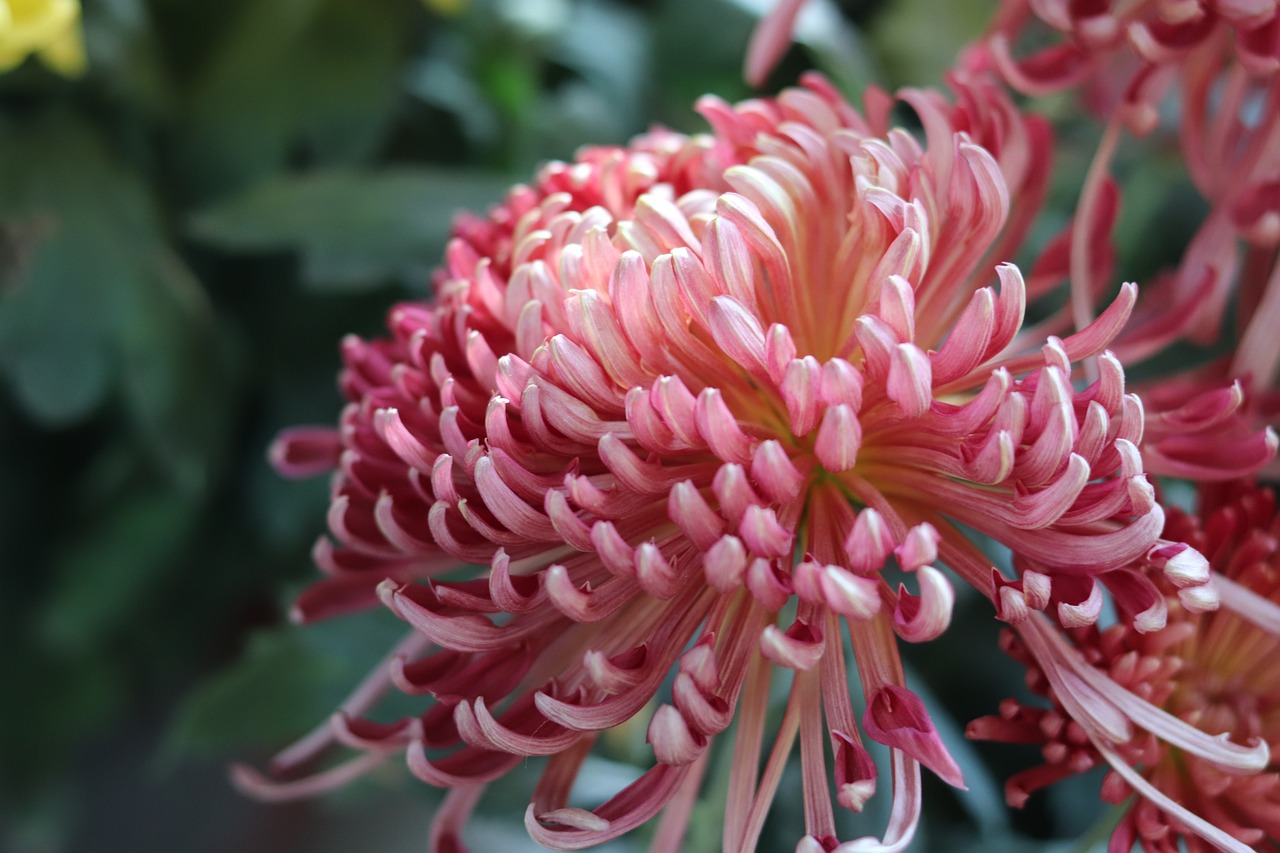
Mums, short for chrysanthemums, are the unsung heroes of fall gardens. Their fiery colors—burnt orange, gold, ruby red—breathe life into fading landscapes just before winter rolls in. But here’s the catch: not all mums survive the cold. You’ve probably seen a pot of gorgeous mums wither away as soon as frost hits. So, what gives?
Timing is everything.
If you want your mums not just to survive but thrive after winter, you must get the planting time just right. In this guide, we’ll uncover when to plant mums for winter survival, how to prepare your soil, what varieties to choose, and essential care tips to help your mums greet spring with strength and vigor.
Understanding the Lifecycle of Mums
Annual vs. Perennial Mums – Know the Difference
Not all mums are created equal. Before diving into the when, let’s talk about what you’re planting.
- Annual Mums (often sold at grocery stores or garden centers in late fall):
- Grown for instant color
- Typically not hardy enough to survive winter
- Meant to be tossed or composted after blooming
- Perennial Mums (also known as hardy mums or garden mums):
- Bred for cold tolerance
- Can return year after year if planted properly
- Require specific planting conditions for winter survival
Pro Tip: Always check the plant tag! If it says “Hardy Mum” or “Garden Mum,” you’re on the right track.
So, When Should You Plant Mums for Winter Survival
The Golden Planting Window
If you want your mums to make it through the winter, the absolute best time to plant them is late summer to early fall—ideally 6–8 weeks before your region’s first hard frost.
This timeline gives your mums enough breathing room to:
- Establish strong root systems
- Acclimate to the local environment
- Harden off naturally before winter sets in
Why Not Plant in Late Fall?
Most garden centers showcase mums as fall decor, tempting us to buy them in October or even early November. While they look beautiful, planting them that late is risky. The roots don’t have time to settle, which means they’re more likely to freeze and die.
Best Planting Months by Region (U.S. Based)
- Northern States (Zones 3–5): Late August to early September
- Midwest and Mid-Atlantic (Zones 5–6): Early to mid-September
- Southern States (Zones 7–8): Mid to late September
- Far South (Zones 9–10): Early October can still work
Use your first frost date as your guidepost. Count back 6–8 weeks and circle that week as your ideal planting window.
How to Prepare Your Mums for a Harsh Winter
Planting at the right time is step one. Giving your mums a fighting chance through the cold requires a bit more love and prep.
Location, Location, Location
Choose a spot that offers:
- Full sun (at least 6 hours daily)
- Well-drained soil (soggy roots = death sentence in winter)
- Shelter from harsh winds
Avoid low-lying areas where cold air settles. Slightly elevated beds are ideal.
Soil Prep 101
Before you plant:
- Loosen the soil about 12 inches deep.
- Mix in compost or aged manure to boost nutrients.
- Ensure proper drainage by adding sand or organic matter if needed.
Healthy roots are warm roots—and well-aerated, nutrient-rich soil goes a long way.
Planting Steps for Long-Term Survival
Step-by-Step Planting Guide
- Gently remove the mum from its container.
- Loosen tangled roots if root-bound.
- Dig a hole twice as wide as the root ball and just as deep.
- Set the plant in the hole, making sure the crown is level with the soil surface.
- Backfill with garden soil and press gently to remove air pockets.
- Water thoroughly after planting to eliminate dryness.
Fall Care Tips That Make All the Difference
Do You Cut Back Mums Before Winter?
Contrary to instinct, don’t prune mums in the fall. Leave the foliage and stems intact through the winter. Why?
- The dead growth acts as natural insulation.
- It protects the crown from frost damage.
- Birds may also use the dried stems for shelter or perches.
Wait until early spring—after new green shoots emerge—before cutting back last year’s growth.
To Mulch or Not to Mulch? (Yes, Mulch!)
After the first hard frost:
- Apply a thick layer (4–6 inches) of straw, shredded leaves, or pine needles around the base of the plant.
- Avoid packing mulch on top of the crown—this can cause rot.
Mulch traps warmth and moisture, helping your mums ride out deep freezes.
Bonus Tips for Winter Mum Success
Watering Before Dormancy
Mums don’t like to go into winter stressed. Make sure they’re well-watered (but not soggy) before the ground freezes. Dry roots are more prone to winter kill.
Container Mums? Proceed with Caution
Got mums in pots? Your odds of winter survival drop, since roots are more exposed to cold air.
What can you do?
- Plant them in the ground before frost hits, or
- Move the containers to an unheated garage or shed, and water lightly once a month
H1: Spring Awakening – Signs Your Mums Survived
When spring rolls in:
- Look for new green shoots at the base.
- Begin pulling away mulch as temps rise.
- Cut back dead stems to allow fresh growth through.
Survived mums will be bushier, hardier, and often bloom more vibrantly in their second season.
Conclusion: Are You Timing It Right?
Timing your planting could mean the difference between a short-lived splash of autumn color and a reliable, returning garden treasure.
So, when to plant mums for winter survival?
Answer: 6–8 weeks before your area’s first frost. Combine this golden timing with good soil prep, proper location, and post-fall care, and your mums will not only survive the winter—they’ll come back stronger, brighter, and bolder than ever.
Let your fall garden echo into spring. It starts with when you plant.
